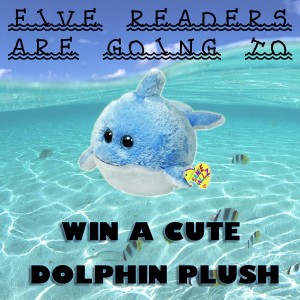

In blender render/blender internal, i believe the texture you bake to is the texture set for the viewport. This is a quick workflow that lets the user control the graphic position, rotation, and scale directly on the surface. Just drag and drop a graphic onto the 3D model and it will be placed as a graphic layer. Placing graphics in Dimension is a light and simple workflow. It is okay.Precise textures with the UV Export feature. There you should be greeted with the plane white screen. Now change to the UV View that can be found amongst other types of view at the top right corner of your viewport. First of all - open the Daz Studio and add an object that you want to create a texture for. The problem is, when Blender does UV mapping, it can actually assign different uvs to a same vertex. For instance, for a mesh with vertices, normals and 1 pair of texture coordinates, each vertexAttribute in the VBO would be 8 consecutive floats: vvvnnntt So far so good. So I'm exporting vertex attributes in array of structs layout.In the 3D view, choosing 'Texture' in viewport shading options should show the textured model in the edit window.

Go down to Mapping and change Coordinates to 'UV'.This will make the blender files larger but I feel that. dae file if you select copy textures in the Collada exporter. if you pack all data into the blender file it should export the texture into the same location as the. In blender under file there is the option of external data.
#Marcopolo ocean app how to
A quick guide how to uv unwrap and export uv layout.Follow me on Twi.answered by Brinux (328 points) ask related question. Exporting the UV Layout means it can be used inside applications like Photoshop or Gimp. The baked textures will (almost) produce the same. The approach is similar to what Substance Painter does: You are able to use a powerful material-node system to create complex materials and finally bake them down to textures. The PBR Texture Bakery is an addon for Blender that allows you to bake complex Eevee/Cycles-materials to PBR- textures. The dialog box that appears gives a output save location for the XML, log, texture description and other files produced by the process. Save the Blender file.Go to File->Export and select Trainz Mesh and Animation.

Design your graphics for the model using the guide layers for assistance. Open your UV image in your editor of choice, such as Photoshop or Illustrator. Use the Object > Export UV menu option, then select a resolution and location to save your UV image to.


 0 kommentar(er)
0 kommentar(er)
